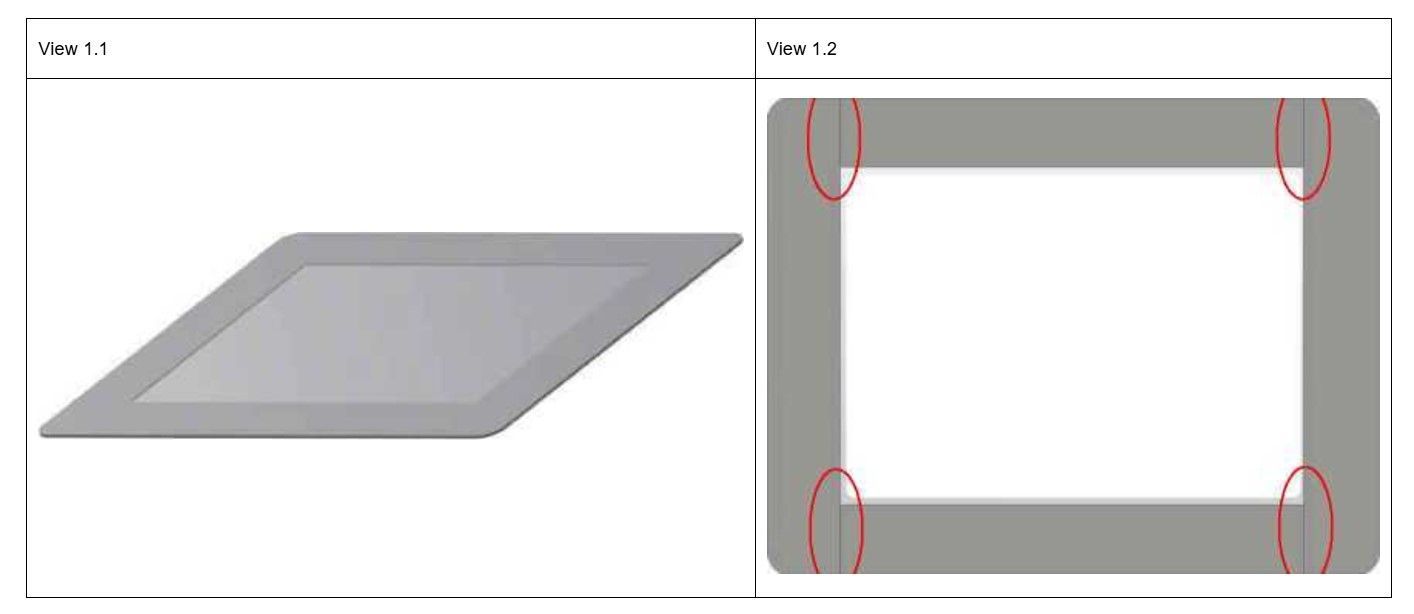Consistency of EU Design Views: The Importance of Visual Unity
EU design views must be consistent to be valid. A recent decision of the General Court of the EU confirms this requirement.

A design, or model, is a creative expression intended to protect the appearance of an aesthetic product. It is specifically defined as the appearance of a product or a part of a product, characterized by visual elements inherent to the product itself or its ornamentation, as stipulated in Article 3 of Regulation No 6/2002. Like trademarks, designs and models are protected under intellectual property law, provided certain conditions are met. Article 4 of the same Regulation explicitly states that protection for a Community design or model is granted only if it is new and possesses an individual character. These criteria are essential validity standards for obtaining intellectual property protection.
However, the definition of a design or model in Article 3 implicitly establishes a preliminary condition for protection. Analyzing the definition reveals that a design or model must correspond to a coherent and identifiable appearance of a single product. The consistency of views is considered as a fundamental requirement of design validity.
This principle was at the core of a case addressed by the General Court of the European Union in its judgment of October 23, 2024[1]. The case involved the company Orgatex, holder of a Community design for floor markings, against the EUIPO and Mr. Longton, who filed a request for invalidity on the grounds that the design exhibited visual inconsistencies preventing the identification of a single product. This design contained 4 views.
The EUIPO Cancellation Division initially rejected Mr. Longton's request, finding no inconsistencies in the design. However, the Board of Appeal overturned this decision, declaring the design invalid. It determined that discrepancies between the elements in the views revealed significant differences, suggesting that several distinct products were represented. In particular, the Board of Appeal noted that the lines in views 1.2 and 1.4 had different shapes. Whereas the line was continuous in view 1.2, it was dotted in view 1.4. than those at the right-hand corners.
Ultimately, the General Court upheld the cancellation of Orgatex’s Community design due to its lack of consistency. The Court found that the visual inconsistencies between the submitted views prevented the identification of a single, coherent product. For example, view 1.1 does not show any contour lines between the framing elements. Nevertheless, those contour lines are clearly visible in view 1.2. Views 1.1 and 1.2 therefore present an insoluble inconsistency.
This failure violated the definition established in Article 3 of Regulation No 6/2002. The Court also rejected Orgatex’s argument that these inconsistencies should be interpreted in favor of the applicant. Moreover, the Court concluded that it was unnecessary to examine other validity criteria, such as novelty or individual character, since the failure to meet the consistency requirement was sufficient to invalidate the design.
This ruling is significant as it clarifies that the absence of a coherent and singular product appearance constitutes an obstacle to the validity of a design or model registration. Consequently, the decision imposes a higher level of diligence on applicants when preparing and submitting views for registration.
[1] General Court of the EU, 23 October 2024, T-25/23, Orgatex GmbH & Co.KG / EUIPO
Christine Chai, Managing Partner
Marco Mouchot Ribas, Trainee Lawyer














